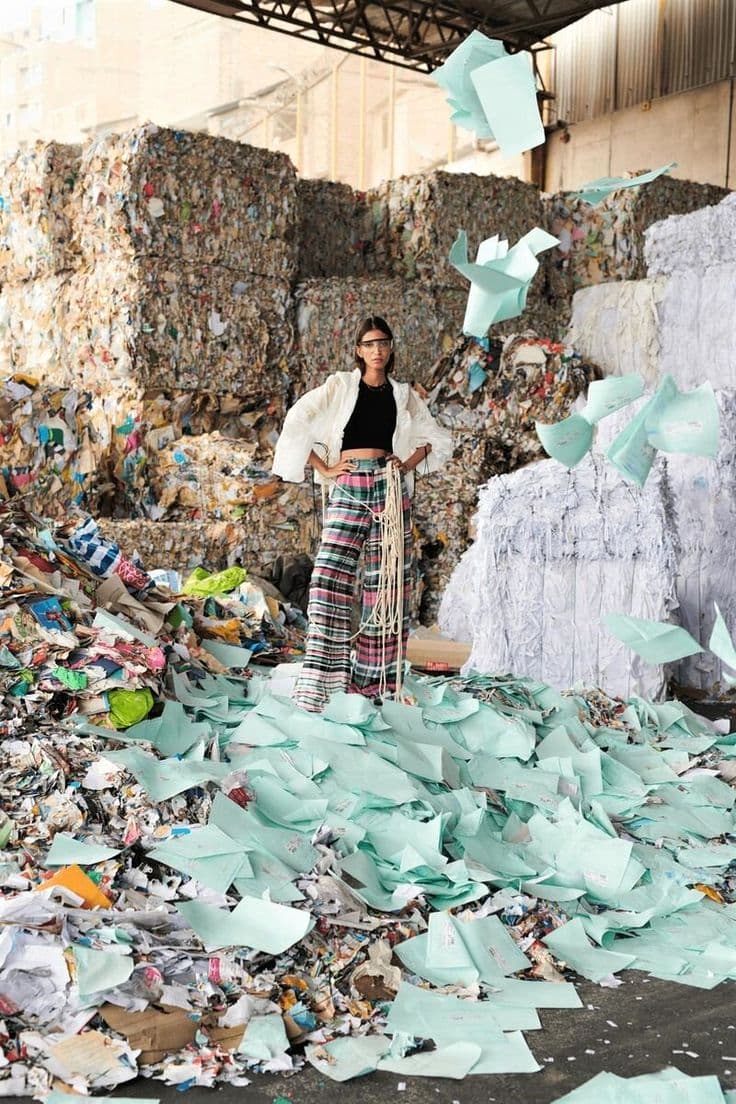
Opposition to Sustainability Rules from big brands 2024
The fashion industry claims that government sustainability regulations that aim to increase supply chain transparency are “impractical.” Kenneth P. Pucker asserts that they shouldn’t be.
The Reasons Behind Major Companies’ Opposition to Sustainability Rules
Kenneth Pucker has been assisting the New Standard Institute in securing the New York Fashion Act‘s passage for the last two years. The Act, which mandates that brands selling in New York state conduct due diligence, report on their impacts, and reduce carbon emissions in accordance with planetary boundaries, represents the first comprehensive attempt to regulate the fashion industry in the United States.
Pucker has interacted with numerous industry players during the process, such as suppliers, unions, trade associations, brands, and activists.
The discussions have been fruitful. On the other hand, one suggestion has caused unexpected controversy. Big fashion brands and trade associations have lamented the “impracticality” of the Act’s mandated disclosure of their supply chains, with very few exceptions (which include progressive brands like Patagonia, Reformation, Cotopaxi, and Eileen Fisher). Transparency and the ability to connect output to impacts depend on this disclosure.
Despite technological advancements in areas such as blockchain, smart sensors, supply chain mapping software, and isotope identification, numerous industry players argue that it is nearly impossible to identify the suppliers who cultivate cotton, tan leather, and dye fabrics.
They clarify that, in the end, factories frequently subcontract without permission, brands do not always designate upstream suppliers, raw materials are usually mixed with numerous other ingredients en route to market, and consumer demands for new product launches exceed manufacturers’ capacity to gather data.
Stated differently, supply chain transparency is not as important as financial results.
Fashion brand executives are always pushing supply chains to introduce products faster and cut costs in an effort to boost revenue and gross margins. Transience, opacity, and complexity result from this, and they are frequently paired with a resistance to making voluntary disclosures.
Why, after all, spend money on traceability for an upstream supply chain that is changing quickly, when consumers do not require or comprehend this information, and reporting is optional? Just 12% of the top 250 fashion brands, according to Fashion Revolution, provide a list of their raw material suppliers.

It was simpler to track production fifty years ago when there were more manufacturers and a greater geographic concentration of production. For instance, the original factory of Timberland, where Pucker worked for 15 years, seven of those as COO, was situated in New England, the same area that supplied the company with leather and produced footwear equipment. The premise behind Timberland’s tagline, “More Quality Than You May Ever Need,” was the skilled labor of its own production employees. It was easy to trace.
But starting in the 1990s, a move toward trade liberalization sparked an increase in outsourcing. As a result, the manufacturing assets of the majority of fashion brands were turned into liabilities, as their labor and operating costs increased relative to alternatives from Asia. Due to outsourcing, the focus of the competition shifted from being on innovation and quality to being on low cost and flexibility.

The fashion industry has been able to maintain low prices by shifting production to ever-cheaper locations, which has contributed to its rapid growth over the last 30 years. Because labor and environmental laws in Asian sourcing hubs are frequently less stringent than those in the US and Europe, it has also enabled fashion companies to profit from regulatory arbitrage. The result has been a worsening of the fashion production’s unit environmental impact.
Large brands and affluent consumers have profited from outsourcing to multi-tier supply chains, but the practice has had far-reaching negative effects on society and the environment. One of the sectors that has the greatest negative effects on the environment worldwide is the fashion industry, which has an influence on carbon emissions, water, land, and chemical use. The trends are not encouraging. Forecasts indicate that the production of plastic polyester fibers is expected to rise by 47% over the next ten years, while fashion-related carbon emissions are expected to increase by 30%.
Conclusion: Kenneth Pucker presents all the arguments why big fashion brands are against new rules for sustainability.
Read more:
KERING INVESTS IN A START-UP SPECIALISING IN BIOMATERIALS 2024
FAST FASHION COMPANIES’ FRAUDULENT ATTEMPTS TOWARDS SUSTAINABILITY
DANIEL ROSEBERRY AS THE WINNER OF THE NEIMAN MARCUS AWARD 2024
VESTIAIRE COLLECTIVE LAUNCHES A CROWDFUNDING CAMPAIGN 2024
NEWSLETTER
Vuoi ricevere Mam-e direttamente nella tua casella di posta? Iscriviti alla Newsletter, ti manderemo un’email a settimana con il meglio del nostro Magazine.


